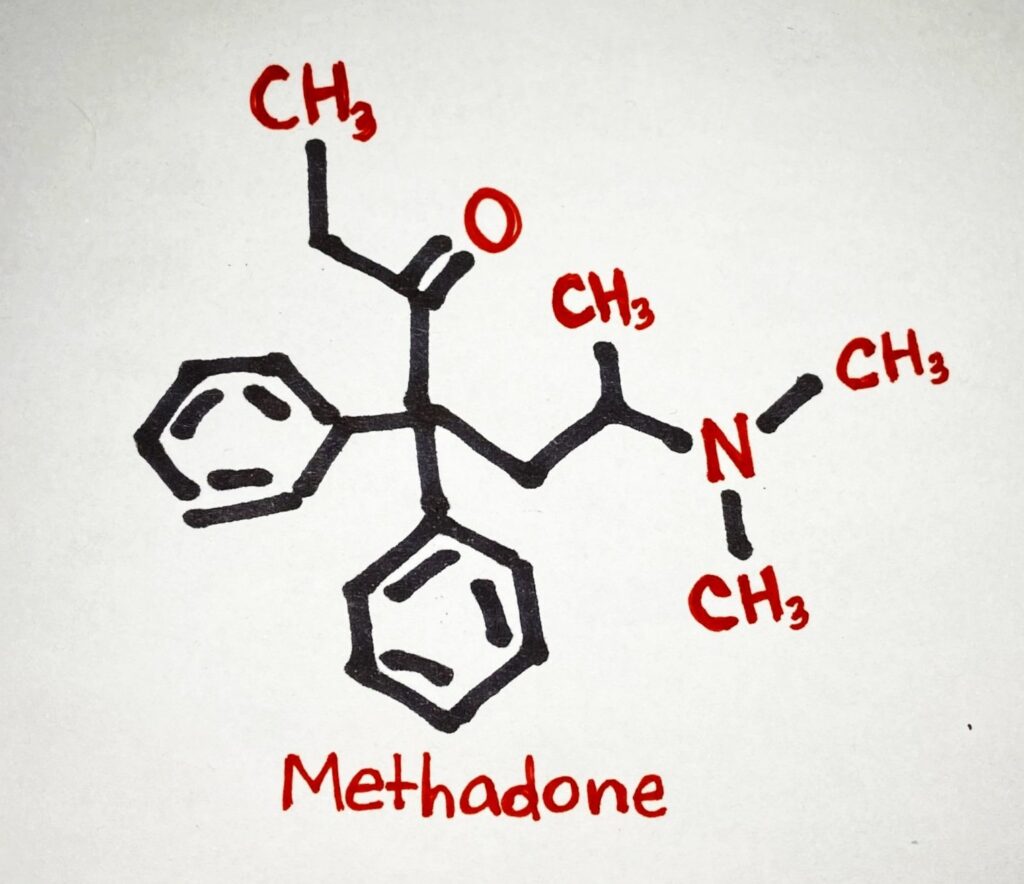Artfully resolving Detroit’s bankruptcy
Authors
- Andrew Moylan, former outreach director and senior fellow
Media Contact
For general and media inquiries and to book our experts, please contact: [email protected]
Introduction
For the first three decades of the 20th Century, Detroit was the second fastest-growing city in the United States, behind only Los Angeles. It was a center of the high-tech industry of the day – automobile manufacturing – as the city saw the creation of what was, in many ways, a predecessor to today’s Silicon Valley. But as spectacular as its rise through the middle of the 20th Century was, its decline and ultimate bankruptcy has been just as precipitous.
As co-author Andrew Moylan wrote in a recent Reason.com piece on Detroit:
More than one million people have headed for the Motor City’s exits since its size peaked in 1950. Even when compared to other Rust Belt cities that have experienced significant population loss, Detroit stands out. The only city that has dropped farther from its mid-20th Century peak is St. Louis, but its population has never been even half as large as Detroit’s. In fact, of the eight U.S. cities that have lost more than 50 percent of their population in recent decades, Detroit is far and away the largest. Even in its shrunken state today of just over 713,000 residents, it is larger than Pittsburgh’s all-time peak of 677,000.
Today, those 713,000 residents receive atrocious public services and labor under extremely high tax burdens, with income taxes levied at the maximum level allowed by state law and property taxes that are higher than every other major American city. The legacy cost of services provided decades ago, as well as the city’s current expenses, continue to rise even while the population has dwindled dramatically. The result is a broken city with sky-high crime rates, rampant unemployment and a very uncertain future now that it has officially filed for Chapter 9 bankruptcy.
With the bankruptcy process underway, state-appointed emergency manager Kevyn Orr and the city’s 170,000 creditors have begun working to resolve many competing claims in order to restructure the city’s operations, retire debt and create a vibrant and sustainable operation for the future. Orr has dubbed this the “Olympics of restructuring,” but even that analogy doesn’t quite capture the high stakes involved in a municipal bankruptcy that’s roughly five times larger than the previous holder of the dubious distinction of the largest in history.
This saga offers a peek at the adversarial relationship that underpins any bankruptcy proceeding. In this case, Orr and other city officials have a strong incentive to undervalue existing assets and pay off as little of the accumulated debt as possible. On the other hand, creditors have an equally strong incentive to push the city to sell off anything that isn’t bolted down, regardless of potential negative impacts on the city’s ability to create a viable entity moving forward.
For no other asset is this fight more clear than the city’s incredible collection of artifacts housed in the Detroit Institute of Arts. In total, the DIA has in its possession some 66,000 art treasures collected over nearly 130 years, including works by Van Gogh, Rembrandt, Matisse and the amazing “Detroit Industry” murals painted in 1932 by Diego Rivera. Monetizing the art, even on a small scale, could prove enormously helpful in minimizing harm done to the interests of employees and creditors.
It is far from clear what the resolution will be, but it will undoubtedly establish precedent for future municipal bankruptcies of significant size. The domino effect on other struggling municipalities in Michigan, like Pontiac or Ecorse, and cities like Chicago with even bigger liabilities, will be a matter of intense interest, as they attempt to fix their finances to avoid Detroit’s fate.










